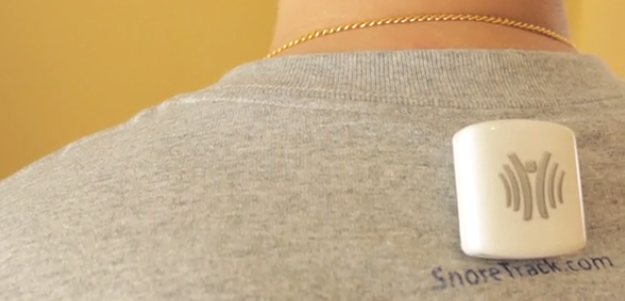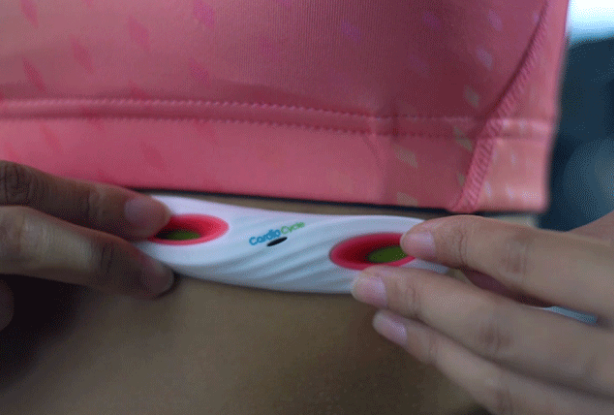The rise and tumultuous fall of Google Glass was a case study in dealing with a product that was too progressive for its time. Outside of the privacy concerns it generated, one of the more widely appreciated features was its ability to take pictures with a single tap of the finger, leading to more natural and candid shots of friends, family and other important moments.
The Blincam takes this feature and makes it central to what the product does. Designed as a super lightweight wearable that clips onto any pair of glasses, all it takes is a single wink for the Blincam to take a photo. Then, through a Bluetooth connection, it will send those photos to a paired smartphone for storage and sharing.



 SnoreCoach
SnoreCoach





